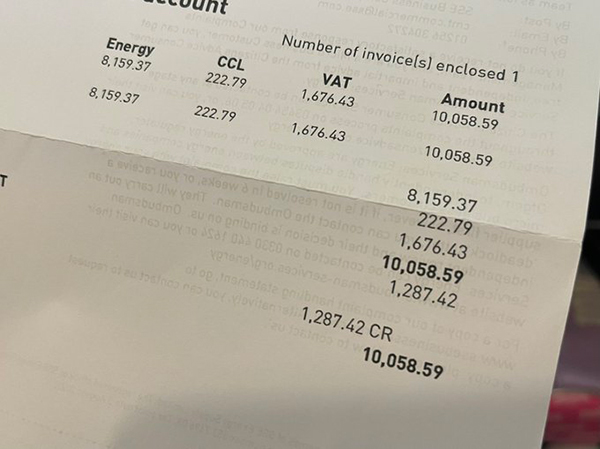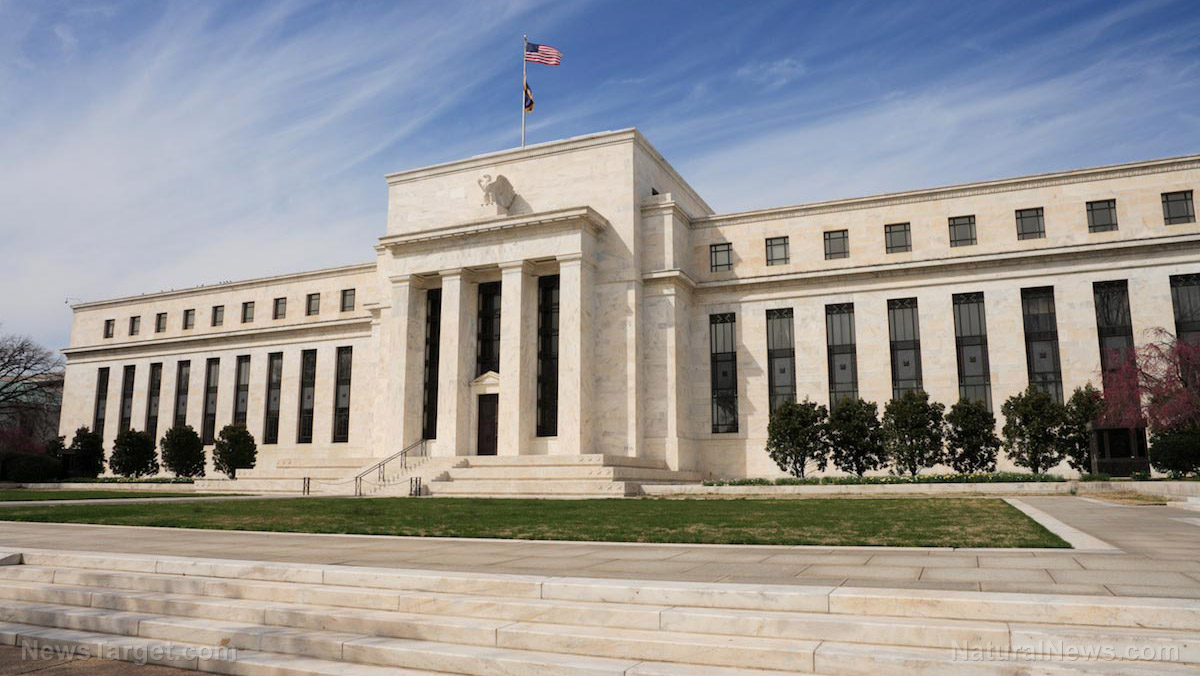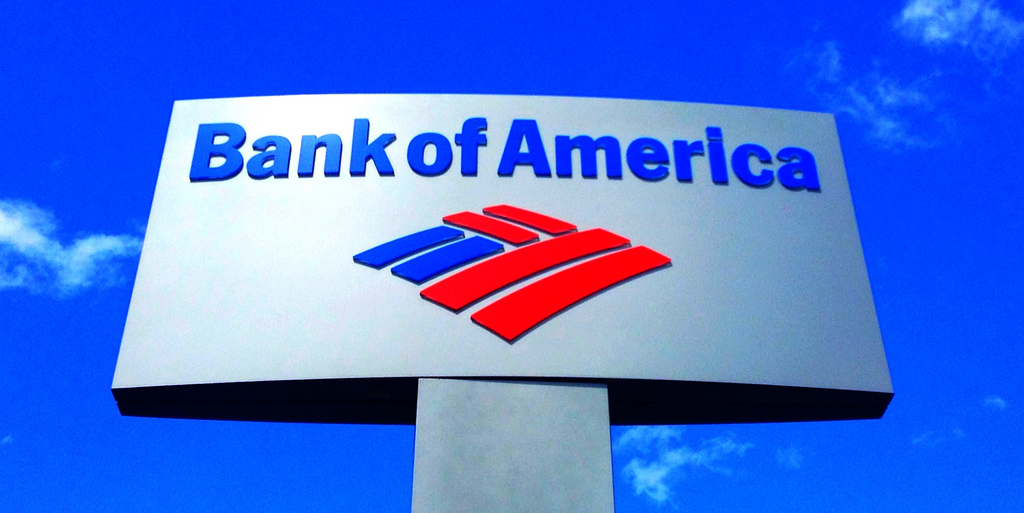Homebuyer activity in the US falters as mortgage rates spike
04/20/2022 / By Mary Villareal

Home prices has skyrocketed during the pandemic, hitting an all-time high by late 2021 and plateaued at a 20 percent year-on-year rate.
Now, Redfin analyst Tim Ellis shared early indicators of homebuyer activity faltering as mortgage rates shot up above five percent, pushing demand lower and leaving sellers to follow with more price cuts.
Early-stage homebuying demand has continued to falter over spring as the new listings fell seven percent from the previous year, and the average 30-year fixed mortgage rates shot up five percent. Meanwhile, the median asking price climbed to $397,747, increasing the typical homebuyer’s monthly payment by 35 percent year-over-year to an all-time high of $2,288.
There are also key early indicators that show demand is softening at the time when it usually increases. Fewer people have searched the term “home sales” on Google, with searches down three percent in the week ending April 9, compared to the previous year.
The Redfin Homebuyer Demand Index, which measures requests for home tours and other home-buying services from Redfin agents, has also declined three percent in the past four weeks, compared to the five percent increase during the same period in 2021.
Touring activity from the first week of January through April 10 was 23 percentage points behind the same period from the previous year, and mortgage purchase applications were down six percent from 2021, while the seasonally-adjusted index increased one percent week-over-week in the week ending April 8.
Finally, for the week ending April 14, 30-year mortgage rates rose five percent, which is its highest level since February 2011. This number was up 4.72 percent from the previous week, and the fastest three-month rise since May 1994.

Demand for housing not meeting expectations
There were also accelerating shares of home listings with price drops, which has been at its fastest climb during spring since at least 2015, showing that demand is not meeting the expectations of the sellers.
House prices can also fall out of sync with market fundamentals (such as supply and demand), with a widespread belief that prices will keep climbing. However, if buyers share this belief, purchases arising from the “fear of missing out” can drive prices higher and heighten expectations of house-price gains.
But these expectations-driven gains could have many consequences, including bankruptcies and distorted investment patterns. Monitoring the housing market for the emergence of such price booms can help investors and policymakers respond to it before an economic crisis erupts. (Related: Pension funds are buying up entire neighborhoods of single-family homes, contributing to America’s housing crisis.)
Redfin Chief Economist Daryl Fairweather said there really is a limit to homebuyer demand over the past few years.
“The sharp increase in mortgage rates is pushing more homebuyers out of the market, but it also appears to be discouraging some homeowners from selling. With demand and supply both slipping, the market isn’t likely to flip from a seller’s market to a buyer’s market anytime soon,” he said.
Despite early signs of the market slowing, it still feels hot for homebuyers, with new records set for home-selling speeds and price escalations based on data from 2015. At least 45 percent of homes that went under contract found a buyer within a week, and the average home sold for 2.4 percent above its asking price.
Redfin Boston real estate agent James Gulden said people start to wonder or assume something is wrong with a home if it is on the market for more than a week. “Every offer I’ve written recently has faced multiple offers, but some people have finally had enough of all the competition and are pulling out. They’re becoming less willing to make a risky offer in a high-stress bidding war situation,” he said.
Economy, inflation affected by housing market
Mortgage rates have also been rising due to the face of rapidly rising inflation as well as the prospect of strong demand for goods and supply disruptions.
With real estate and the housing market playing an important role in the U.S. economy, homes are often a substantial source of household wealth in the country, with housing construction providing widespread employment. (Related: Don’t get caught in the housing bubble crash.)
However, housing prices can affect residential investment and economic growth. It can encourage additional construction spending when prices are high, leading to more robust economic growth. A decline in housing prices can also likely depress construction spending, leading to slower economic growth.
Dallas Fed researchers said they are observing abnormal U.S. housing market behavior this year for the first time since the boom of the early 2000s, but based on current evidence, any coming housing correction will not be as dire as the 2007-2009 global financial crisis in terms of its magnitude.
Watch the video below to know how the housing market is collapsing.
This video is from the channel The Willow on Brighteon.com.
More related stories:
Housing market recovery: Pending home sales rose in May.
CDC contributing to housing market collapse by bankrupting property owners.
MASS HOMELESSNESS: Housing crisis looms as eviction protections expire.
U.S. headed for “unprecedented housing crisis” as mass evictions loom.
Sources include:
Submit a correction >>
Tagged Under:
Bubble, chaos, Collapse, debt collapse, economy, home buyers, home buying, home selling, housing, Housing Market, Inflation, investment, market crash, mortgage, panic, risk, supply and demand
This article may contain statements that reflect the opinion of the author
RECENT NEWS & ARTICLES
COPYRIGHT © 2017 COLLAPSE.NEWS
All content posted on this site is protected under Free Speech. Collapse.news is not responsible for content written by contributing authors. The information on this site is provided for educational and entertainment purposes only. It is not intended as a substitute for professional advice of any kind. Collapse.news assumes no responsibility for the use or misuse of this material. All trademarks, registered trademarks and service marks mentioned on this site are the property of their respective owners.





















